Here is how I usually paint Chiaroscuro.
1. Squeeze out some red iron oxide (or some other pigment) on the surface, then rub it even so majority of the surface is covered with dark tone. Use some linseed oil, but not too much.
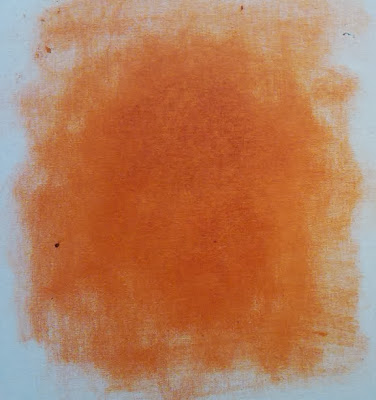
2. Sketch out the model. Look carefully for the feature, and pay special attention to the distance between eyes and ears, as it is common for people to make them too far apart.

3. While the paint is still wet on the surface, and a preliminary drawing has been established, wipe out the big areas where the lightest light are, with towel or painting rag.
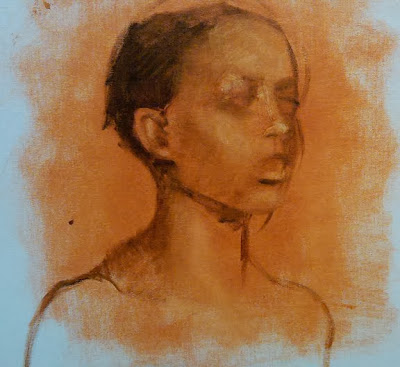
4. Start to define the wiped areas, carefully asses the more subtle contrast between plains . In the meantime, fix drawing problems as the portrait is more developed. Now that the big contrast is established, now I can go in to narrow down the subtlety between the contrast. The less compressed value range requires more gradation between light and dark.
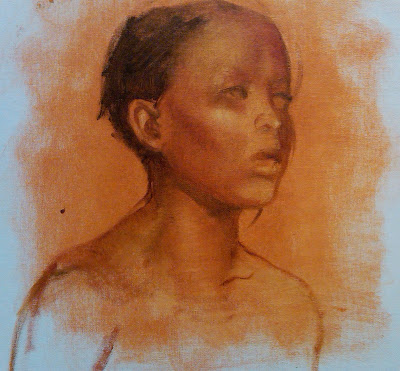
5. Don't only focus on small details just yet, even though a portrait seems to contain less detail.
It is important to focus on the bigger picture, rather than rendering small areas in the beginning, that will throw you off.
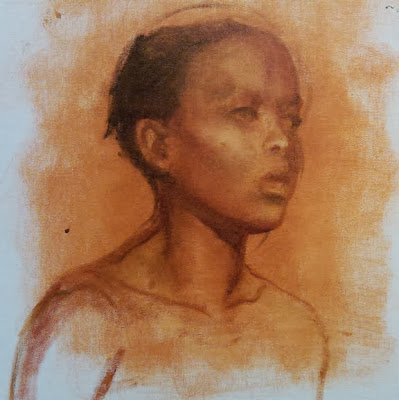
5. Squint eyes, observe the object, then refer to the study. There will always be some areas that are off. If things are off, they will appear off. Sometimes, it's better to just wipe things out and start over again, rather than trying to patch it up by rendering it over and over again. To me, the MOST IMPORTANT thing is the Structure, without it, nothing will stand solid.
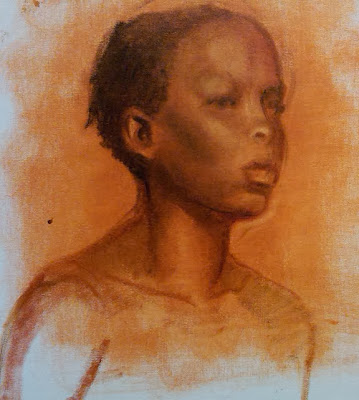
6. I'm moving around the surface, fixing areas like the distance between eyes, the nostrils, and the hardest thing of all-- the lips. The reason why mouths are so hard to paint, it's because our lips are extremely complex in both aspects of structure and perspective. There is no one mouth we see everyday that doesn't exists in a foreshortened state. There are thousands of subtle plain changes on a single lip, start from the corner...Wait, I'm sure someone has already written a book about it!
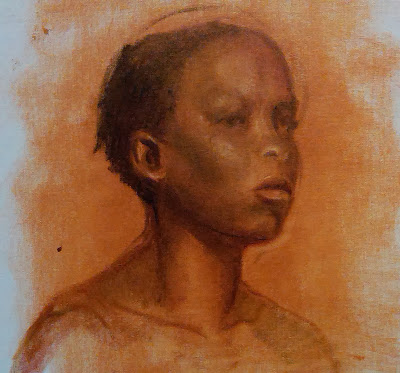
7. Again, don't be afraid of change, the more changes you make, the better understanding you will have on the object.
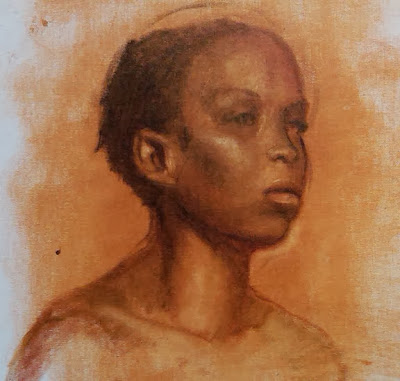
8. I am running out of time, here is the finished state. A couple of more hours would be great.
Now that we have the under painting, next step is to paint on top of it.
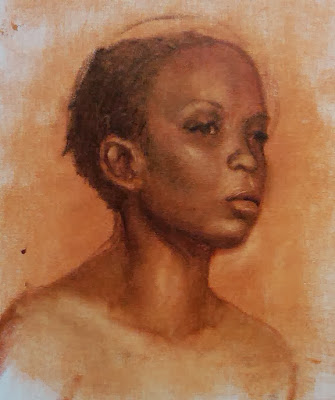
I hope you find it helpful!

Hi, can you post something similar about Alla Prima technique? I learned a lot from your Chiaroschuro post...Thanks!
ReplyDeleteThanks for stopping by,Anoymous,in face I'd like to put on something Alla Prima related.
ReplyDelete